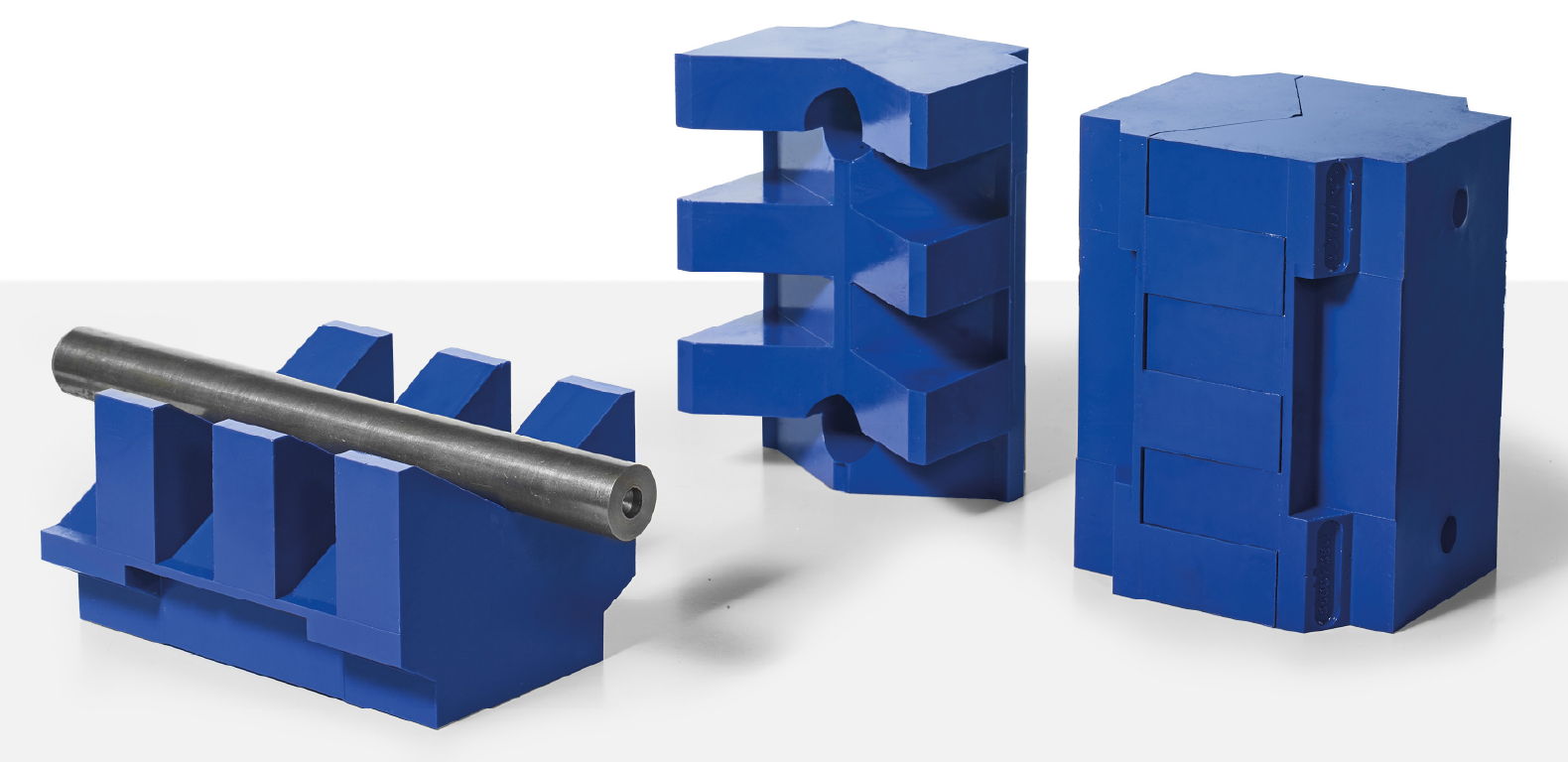In mechanical machining on fixed headstock lathes, the generation of vibrations cannot be avoided: what matters is knowing how to intervene on the installation to manage and minimize them.
It is, in fact, a natural phenomenon related to the dynamics of the interaction between the spindle system, the cutting tool and the workpiece. If not properly controlled, vibrations can compromise the surface finish quality, reduce tool life, damage the spindle and, more generally, negatively affect the overall productivity.
To properly manage vibrations, it is essential to understand the variables that influence their generation. Among these, one often underestimated element is the bar feeder chosen to complement the fixed headstock lathe – and specifically the characteristics of its bar guiding system.
Why the bar guiding system is crucial in fixed headstock machining
On fixed headstock lathes, long and large-diameter bars are often machined: even minimal instability can generate significant vibrations. For this reason, the bar feeder’s guiding system plays a fundamental role in ensuring the bar stability and vibration reduction throughout the entire work cycle.
An effective guiding system can adapt as closely as possible to the bar diameter, guiding it smoothly during rotation to minimize oscillations and misalignments.
An optimal guiding system not only contains the bar: every single detail must be designed to actively absorb and dampen vibrations, protecting the machine and preserving the final quality of the workpiece. High-damping material, adjustable guide channel according to the diameter, presence of intermediate guiding points between the bar feeder and lathe: all these elements contribute to improving the setup and its ability to manage vibrations.
ABACOS: the flexible guiding system for fixed headstock lathes

The bar feeders for fixed headstock lathes IEMCA MAESTRO are designed to ensure optimal bar guidance inside the spindle, even in the most complex and demanding applications. Particular attention has been dedicated to developing an effective solution for vibration management.
The MAESTRO range is equipped with the patented IEMCA ABACOS (Adaptive BAr COntrol System), which uses self-adjusting bushings that adapt to the machined bar diameter.
- The self-adjusting bushings automatically adapt to the diameter to guide the bar optimally throughout the work cycle.
- Thanks to the innovative shape of the bushings, the ABACOS system provides 4 constant-length contact points with the bar (regardless of diameter), ensuring precise and effective support.
- The system features a lubrication circuit that reduces friction between bushings and bar, ensuring smoother rotation.
- The integrated pneumatic system actively absorbs vibrations generated during machining, minimizing their impact on the installation.
- The bushings are made of a material specifically designed to dampen vibrations.
- The ABACOS system can tighten the pusher, automatically adapting to its diameter: any potential disturbance is neutralized, ensuring maximum stability throughout the entire production cycle.
Less vibrations, greater productivity: benefits for your fixed headstock lathe
Thanks to the ABACOS system applied to MAESTRO bar feeders for fixed headstock lathes, vibrations generated during machining are kept under control, and productivity and precision of the application increase.
Fewer vibrations mean better surface finish and workpiece quality, reduced tool wear, greater reliability and productivity of the installation as a whole.
Find out how MAESTRO can optimize your fixed headstock machining: contact our team for a dedicated consultation.










